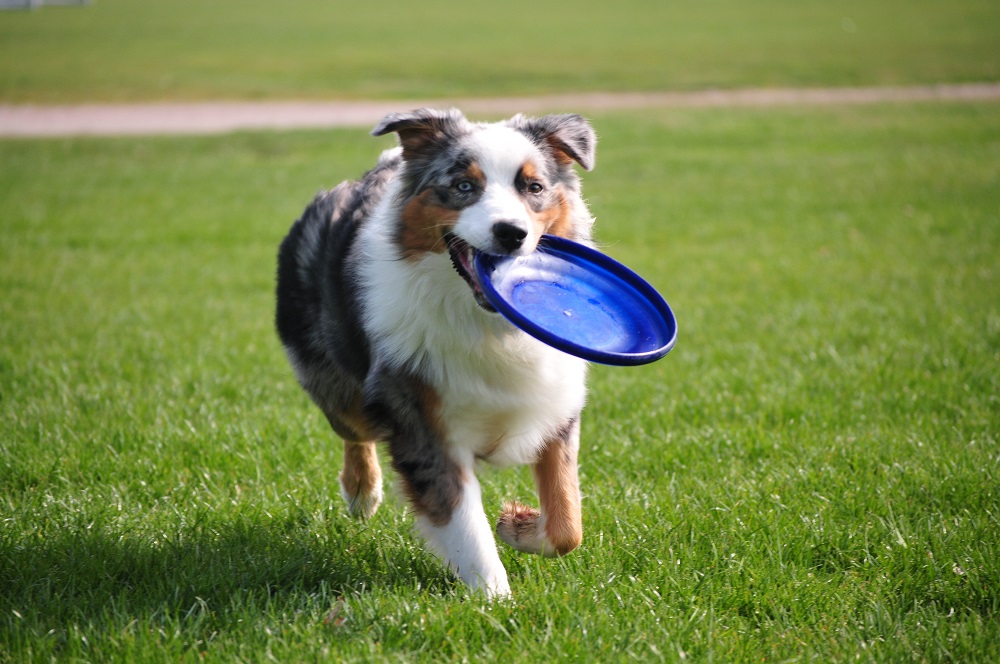Jul 01, 2020

You have waited all winter long to bask in the warm Colorado sunshine during the summer months. You may plan to enjoy the warm weather with your pet, but you’ll need to take precautions to ensure they don’t fall victim to the sun’s dangers. You know that you can develop heat exhaustion if you’re not careful, but do you realize your pet can also overheat in hot, humid weather? Animal Emergency Specialty Center’s emergency service every summer treats numerous pets who exercise in the heat too much, spend too long outside, or are left in parked cars. Don’t let your pet be the sun’s next victim—know the facts about heat safety.
On hot or humid days, your pet’s body temperature can climb quickly to a dangerous level. Unfortunately, your pet may not heed early warning signs, and continue to chase their ball, or lay in the hot sun. If your pet is outside on a hot day, stay close by to monitor their condition, and prevent them from overdoing it, and watch closely for heat exhaustion signs, which include:
Heatstroke is a more serious heat-related illness that develops if your pet’s body temperature rises to dangerously high levels. Heatstroke causes more severe problems, including:
If you think your pet has developed heat exhaustion, act quickly to bring their body temperature down by following these steps:

Any pet can develop heat exhaustion or heatstroke, if they are exposed to high heat and humidity for a prolonged period, but some pets are more susceptible, including:
Brachycephalic pets often develop heat-related problems, because they are not able to cool themselves as efficiently as pets with a longer muzzle. When pets become hot, their main cooling method is panting, which allows moisture to evaporate from their oral and nasal passages. Brachycephalic pets have shorter nasal passages as well as their short muzzle, and cannot cool themselves through evaporation as effectively.
If you have a brachycephalic pet, or another pet who is at high risk of overheating, take them out only for short bathroom breaks on hot and humid days, and let them stay cool inside during the rest of the day.
You may need to be the voice of reason to keep your energetic Labrador or eager Weimaraner safe on hot days. To prevent a heat-related disaster, follow these tips:
Your pet needs your help to prevent a heat-related problem, so take precautions to keep them safe this summer. If you need our help, AESC’s emergency service is available 24/7 to care for any problem that arises—simply contact us, or stop in.